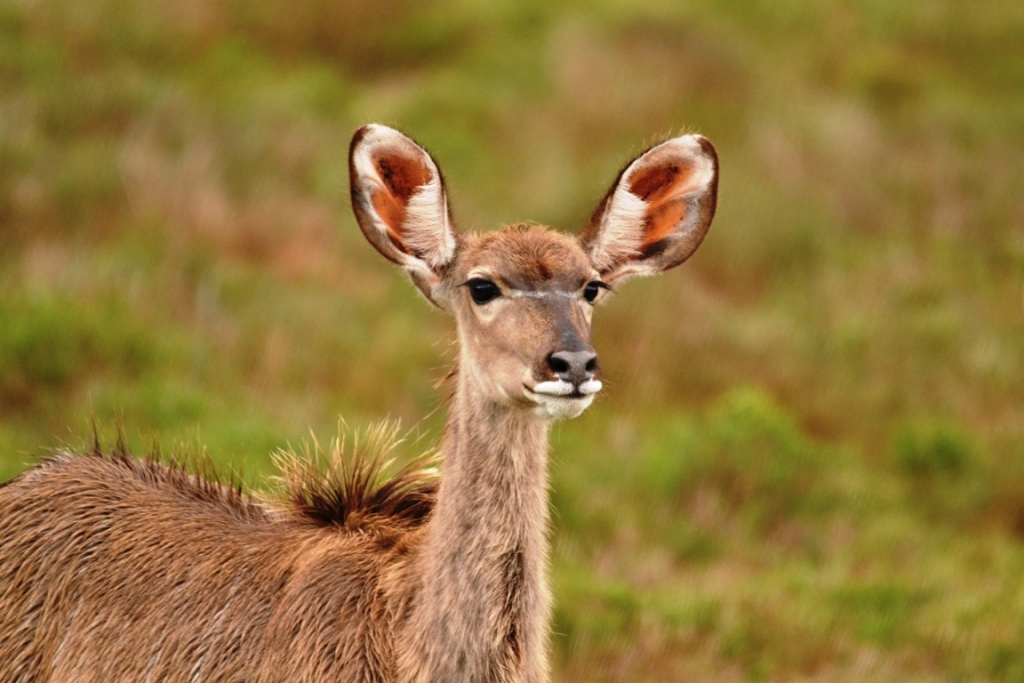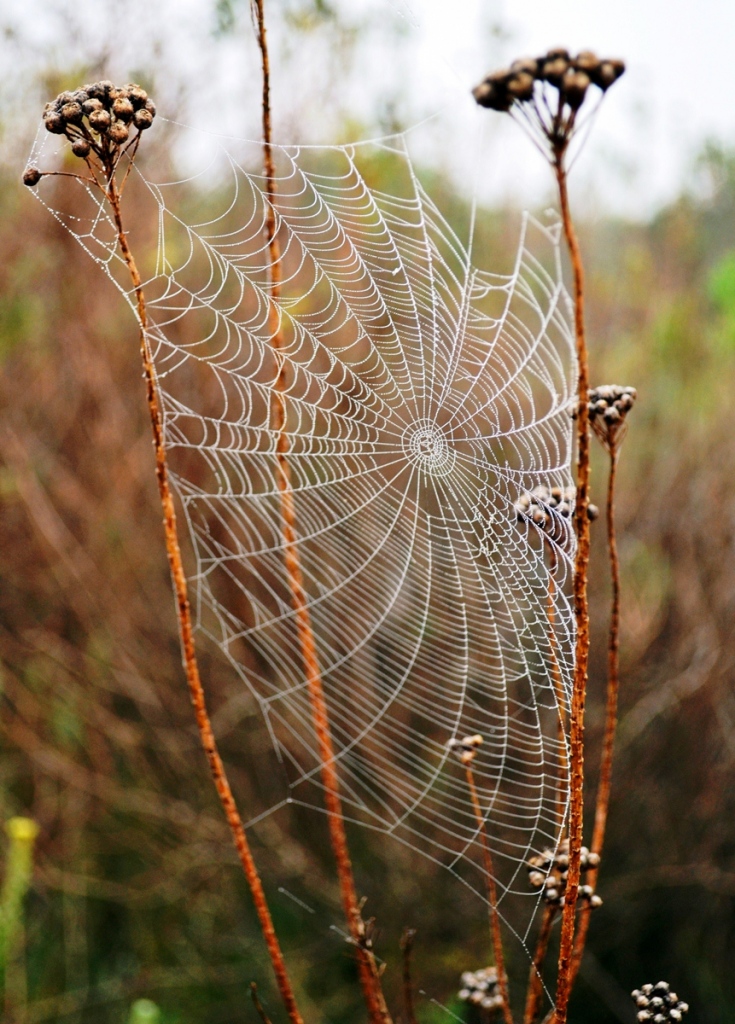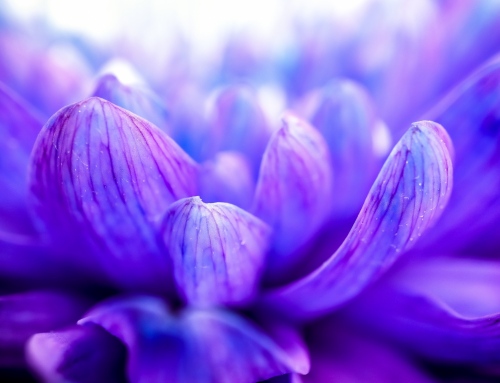Before you fall in the trap of simply snapping away and wondering why your photos are nothing like the professionals, it might be time to evaluate your photography and look at some photo critique. By taking a step back, it might be a lot easier to determine what elements are missing from your work. Eventually it becomes much easier to read a photograph and distinguish between what works and what does not.
Make sure you have one main focus point
Before you press the shutter button to take your next photo, you need to ask yourself one question. What is the focal point, or central point of interest, in this photo? Where does the eye rest when looking at the scene? Being able to critique your photos is one of the steps towards success.
Remember that you can have various points of interest, but this should not distract from the main subject. If this happens, the viewer might be unsure what to look at. The most obvious way to ensure you have one focus point is to get closer to your subject – fill the frame with it. This works particularly well with flowers and portraits.

Kudu antelope as main focus point: Always make time to evaluate your own photography -ensure that you have one main focus point in your image.
Details
Details is an important way to compel viewers to look even deeper into your photos. Simply showing them what they are already able to see in real life won’t get you that second glance. When someone looks at the image, it is important to evoke that emotion and get the imagination working. There are many different methods to work detail into your work, some of which include taking a step back to showcase the bigger picture, using lines and texture and sticking to single points of interest in your subjects. It is therefore important to look at your photos in depth and critique your photos. It is even useful joining photography groups and clubs that critique photos just so you can learn and improve.

Detailed spiderweb: Viewers can read a photograph in many ways, but lots of details is a good method to give that wow factor, to keep their glance a little longer.
Composure (sense of organization) placement, lighting, background, keep it simple
Composure is the one element that can help you to create a masterpiece from the dullest object or subject. The correct focal length or crop, aperture and also the angle plays a very important role in the end results. Play around with the lighting and background if you can, and always remember to keep it relatively simple. You don’t always need a lot of details in a photo to achieve the perfect end results. By being critical about these aspects and evaluating your photography in this way, you will achieve a sense of organization in your work.
Sharp focus
Another step you can take to evaluate your own photography is to make sure your focus is tack sharp. To me, this is one of the most important aspects of a good photo. Once the image is blurry, there is no amount of editing that can fix it. Always review your photo on the camera playback screen after you have taken it. Despite the small screen, you will get some kind of idea of whether or not you are on the right track.
A good shortcut when shooting portraits or close-ups is to use a larger aperture. This will allow not only more light to enter, which gives more room for movement, but your photo backgrounds will seem less cluttered. This is a great way to get pin sharp focus on your main subject. Feel like cheating? Switch your camera dial to portrait or macro mode if you don’t shoot in one of the manual functions. With people and animals, always remember to focus on the eyes.

Sharp focus on bug and flower: Evaluate the quality of your pictures by creating close up images. Without sharp focus you won’t draw the attention of those that look at your work.
Creativity
Review photos of professionals all the time. Look at what they do and find ways to do things differently. This is one of the ways in which you can get creative, another way to evaluate your photography and improve on your work and style.

View from a bridge: Get creative. Sometimes adding more than just the view in front of you can give surprising results. Always try different things.




